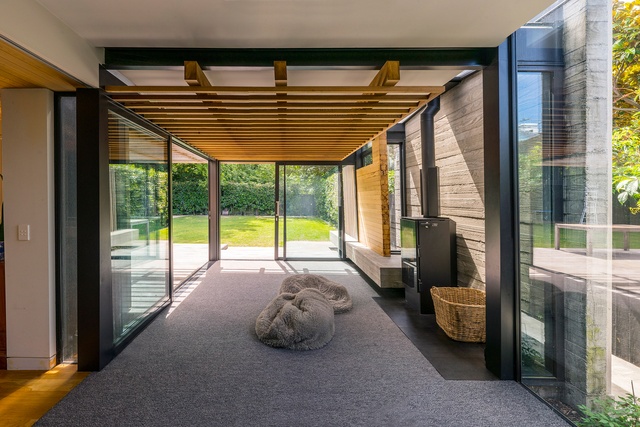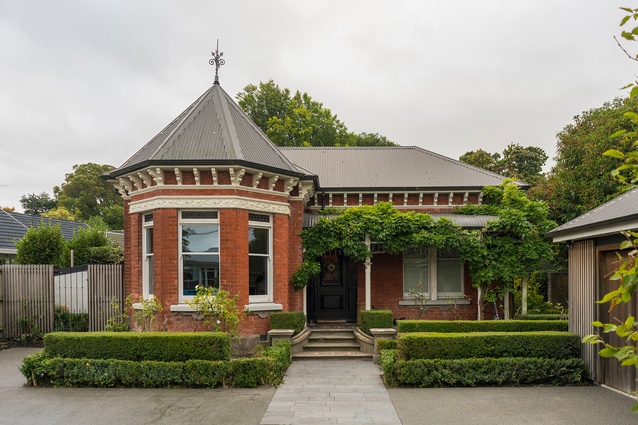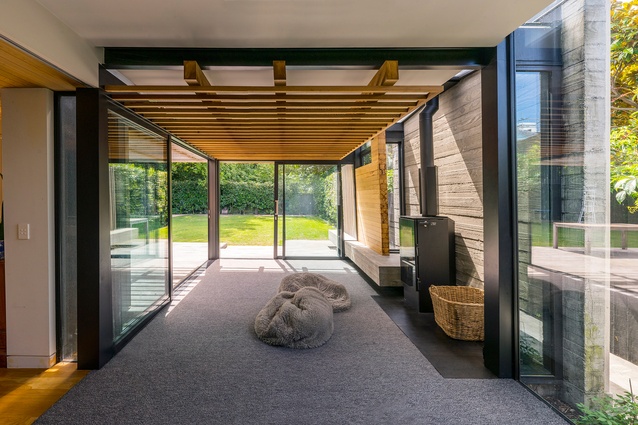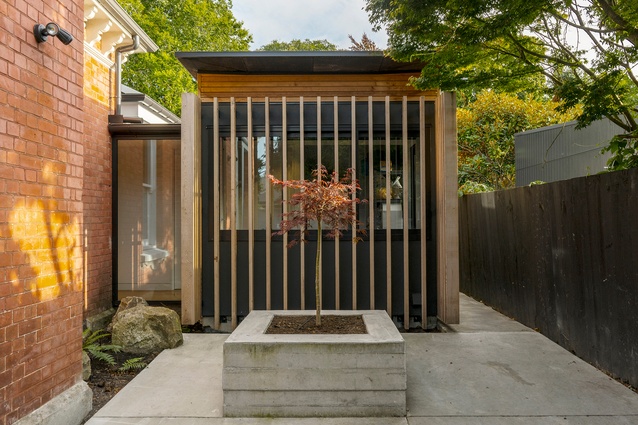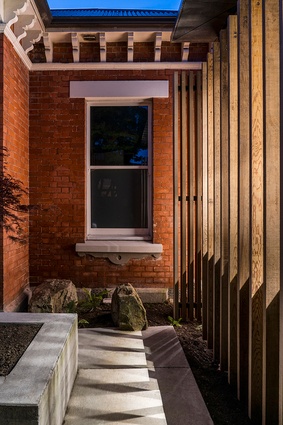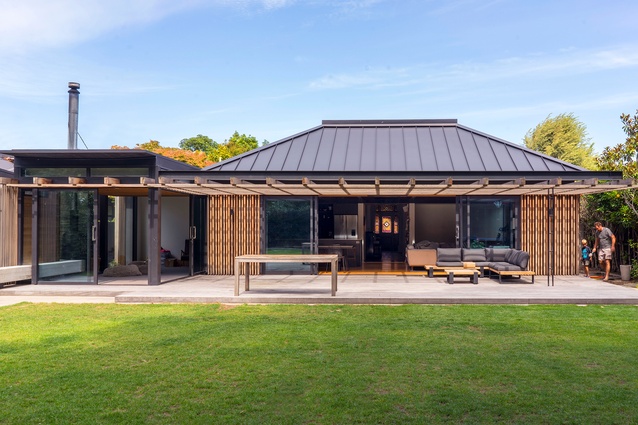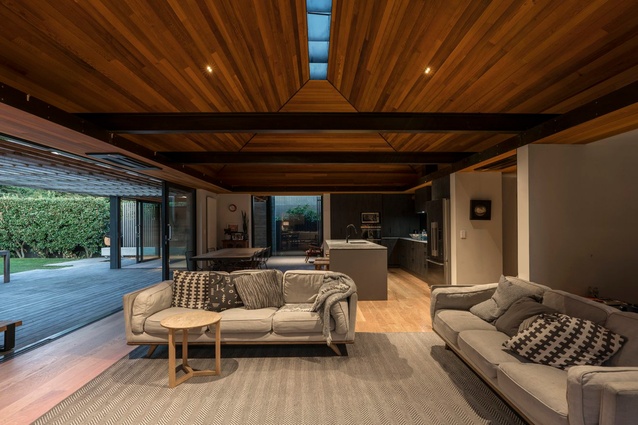Villa 1899 – transcending brick and mortar
Borrmeister Architects’ renovation of a heritage 1899 villa and its mid-2000s addition included a light-filled garden pavilion, designed to provide further connection to the surrounding landscape.
The client’s brief called for minor internal alterations to the existing building and a new addition consisting of a laundry, guest bathroom, storage room and sitting room, known as the ‘Garden Room’, to accommodate a growing young family.
In fulfilling this brief, Borrmeister Architects also aimed to increase the connection between the house and its surrounding landscape. The extension of timber and concrete structures from interior to exterior coupled with the natural, raw materials in the Garden Room provided the connection between the building and its picturesque gardens. “This architectural detailing is adopted throughout the rest of the alteration and addition through timber fins, battens, floating pergola and picture windows which frame the garden views,” explains architect Wulf Borrmeister.
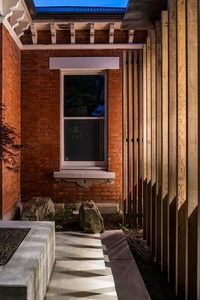
The project required careful consideration in terms of both the treatment of the traditional villa elements and the design language of the more-modern 2000s’ addition. Previous to the architects’ involvement, the client had worked with a heritage architect for the heritage assessment report, which highlighted the property’s unique and skillfully laid brick and plaster value.
The report stated, “41 Ranfurly street is one of a pair of similar but non-identical brick villas built on adjacent sites to showcase the exemplary design and construction standards offered by the very first original owners, the Soanes brothers.” The brothers were builders and master bricklayers and, in 1899, they bought the site. “The houses were set apart because of their construction and detailing. Villa 1899 is a triple-brick, return bay villa with plastered details and corrugated steel roof.”
In 1985, the villa was listed with the Historic Places Trust (now Pouhere Taonga Heritage New Zealand) and given a Category B rating. In 1995, it was given a Group 3 listing with the Christchurch City Plan.
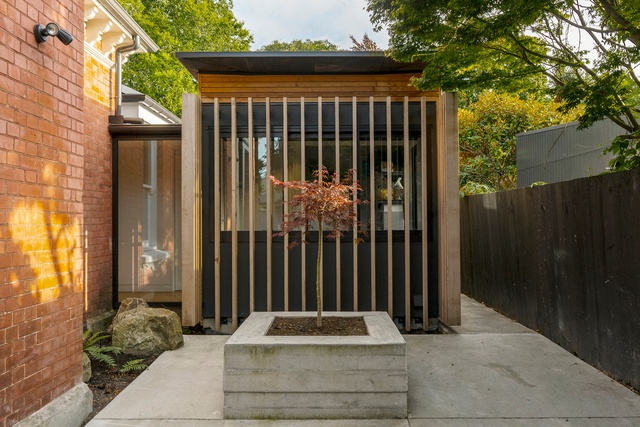
The previous alterations and additions, completed in 2003 by Wilson and Hill Architects, were to be refurbished as part of the new brief.
‘The idea of the ‘garden’ structure for the new alteration and additions grew from an appreciation of the existing garden,” said Borrmeister, ”and we felt this concept distinguished it from the heritage architecture and complemented it, rather than competing with it.”
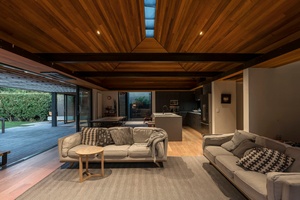
Treatment of both light and shadow along with a use of raw textures and materiality was also carefully considered. “We worked with the existing feature skylight in the main living area and emphasised the contrast from that lightwell further with a change of interior ceiling cladding from the existing white palette to that of darker, rich timbers,” says Borrmeister.
An additional lightwell in the new garden room highlights the raw texture of the timber-faced concrete wall below. Here, the shadows cast from the floating pergola and batten structure change throughout the day, casting a series of geometrical shadow patterns. “Transitions and intermediary spaces between the building and gardens via pergolas, fins and notched facades further build on the play with light and contribute to a seamless, calming journey throughout the house,” explains Borrmeister.
Villa 1899 has recently received a Te Kāhui Whaihanga Local Award for the Canterbury region for Alterations and Additions. It’s likely the Soanes brothers would have approved.
